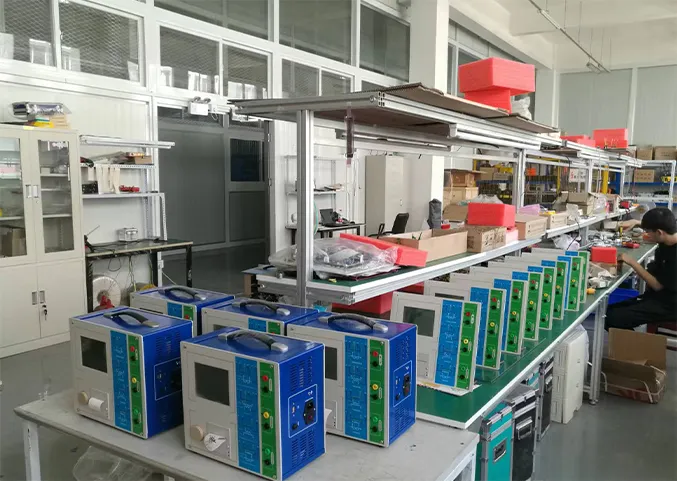 English
English



-
 Afrikaans
Afrikaans -
 Albanian
Albanian -
 Amharic
Amharic -
 Arabic
Arabic -
 Armenian
Armenian -
 Azerbaijani
Azerbaijani -
 Basque
Basque -
 Belarusian
Belarusian -
 Bengali
Bengali -
 Bosnian
Bosnian -
 Bulgarian
Bulgarian -
 Catalan
Catalan -
 Cebuano
Cebuano -
 China
China -
 China (Taiwan)
China (Taiwan) -
 Corsican
Corsican -
 Croatian
Croatian -
 Czech
Czech -
 Danish
Danish -
 Dutch
Dutch -
 English
English -
 Esperanto
Esperanto -
 Estonian
Estonian -
 Finnish
Finnish -
 French
French -
 Frisian
Frisian -
 Galician
Galician -
 Georgian
Georgian -
 German
German -
 Greek
Greek -
 Gujarati
Gujarati -
 Haitian Creole
Haitian Creole -
 hausa
hausa -
 hawaiian
hawaiian -
 Hebrew
Hebrew -
 Hindi
Hindi -
 Miao
Miao -
 Hungarian
Hungarian -
 Icelandic
Icelandic -
 igbo
igbo -
 Indonesian
Indonesian -
 irish
irish -
 Italian
Italian -
 Japanese
Japanese -
 Javanese
Javanese -
 Kannada
Kannada -
 kazakh
kazakh -
 Khmer
Khmer -
 Rwandese
Rwandese -
 Korean
Korean -
 Kurdish
Kurdish -
 Kyrgyz
Kyrgyz -
 Lao
Lao -
 Latin
Latin -
 Latvian
Latvian -
 Lithuanian
Lithuanian -
 Luxembourgish
Luxembourgish -
 Macedonian
Macedonian -
 Malgashi
Malgashi -
 Malay
Malay -
 Malayalam
Malayalam -
 Maltese
Maltese -
 Maori
Maori -
 Marathi
Marathi -
 Mongolian
Mongolian -
 Myanmar
Myanmar -
 Nepali
Nepali -
 Norwegian
Norwegian -
 Norwegian
Norwegian -
 Occitan
Occitan -
 Pashto
Pashto -
 Persian
Persian -
 Polish
Polish -
 Portuguese
Portuguese -
 Punjabi
Punjabi -
 Romanian
Romanian -
 Russian
Russian -
 Samoan
Samoan -
 Scottish Gaelic
Scottish Gaelic -
 Serbian
Serbian -
 Sesotho
Sesotho -
 Shona
Shona -
 Sindhi
Sindhi -
 Sinhala
Sinhala -
 Slovak
Slovak -
 Slovenian
Slovenian -
 Somali
Somali -
 Spanish
Spanish -
 Sundanese
Sundanese -
 Swahili
Swahili -
 Swedish
Swedish -
 Tagalog
Tagalog -
 Tajik
Tajik -
 Tamil
Tamil -
 Tatar
Tatar -
 Telugu
Telugu -
 Thai
Thai -
 Turkish
Turkish -
 Turkmen
Turkmen -
 Ukrainian
Ukrainian -
 Urdu
Urdu -
 Uighur
Uighur -
 Uzbek
Uzbek -
 Vietnamese
Vietnamese -
 Welsh
Welsh -
 Bantu
Bantu -
 Yiddish
Yiddish -
 Yoruba
Yoruba -
 Zulu
Zulu
interfacial rheometer
Understanding Interfacial Rheometers A Key Tool in Material Science
Interfacial rheometers are specialized instruments designed to measure the mechanical properties of materials at interfaces, particularly in liquid-liquid and liquid-solid systems. They play a crucial role in various fields, including material science, food technology, pharmaceuticals, and even cosmetic formulation. The significance of understanding interfacial properties cannot be overstated, as they influence stability, texture, and overall quality of products in these industries.
The principle of interfacial rheometry is rooted in the study of how materials behave under stress and strain at interfaces. At its core, a rheometer measures flow and deformation of materials, providing insights into viscous and elastic properties. It's particularly important for understanding how different phases interact, which is essential for developing stable emulsions, foams, and other complex mixtures.
One of the main challenges faced in measuring interfacial properties is the complexity of the interface itself. Interfaces are often dynamic and influenced by various factors including temperature, concentration, and shear rates. Interfacial rheometers are designed to cope with these complexities by employing advanced measurement techniques. For instance, they can characterize the stress response of an interface when subjected to different flow conditions, allowing researchers to analyze the interfacial viscosity and elasticity.
There are several types of interfacial rheometers, each tailored for specific applications. The most common types include the pendant drop method, the Wilhelmy plate method, and the drop shape analysis method. Each technique has its strengths and weaknesses, and the choice of method often depends on the specific characteristics of the materials being studied and the desired information.
interfacial rheometer

In food technology, interfacial rheometers are essential for creating stable emulsions, which are prevalent in products like mayonnaise and salad dressings. The interfacial tension between oil and water phases plays a vital role in the emulsion's stability. By measuring interfacial rheology, food scientists can optimize formulations to achieve the desired texture and mouthfeel while preventing separation over time.
In pharmaceutical applications, interfacial rheology is critical for drug delivery systems, particularly in the design of formulations that require controlled release. Understanding how drugs interact at the interface of carriers is essential for enhancing bioavailability and ensuring efficacy. Interfacial rheometers provide the data necessary to refine these formulations, tailoring them for specific therapeutic outcomes.
The cosmetic industry also benefits from interfacial rheometry, especially in the formulation of creams and lotions. The feel and spreadability of a product are greatly influenced by its interfacial properties. By optimizing these parameters, formulators can create products that not only provide skincare benefits but also enhance consumer experience.
Despite the advantages of interfacial rheometers, challenges remain in their use. One significant issue is the ability to replicate real-world conditions within the laboratory setting. Interfaces are often influenced by environmental factors, and maintaining these conditions during testing can be difficult. Researchers are continually working to develop more sophisticated systems that can simulate real-world interactions more accurately.
In conclusion, interfacial rheometers are invaluable tools in material science and related fields. They provide essential insights into the mechanics of interfaces, helping scientists and engineers to optimize formulations across various applications. As technology continues to evolve, we can anticipate further advancements in interfacial rheometry, leading to even greater understandings of material interactions and enhanced product development. Whether in food, pharmaceuticals, or cosmetics, mastering interfacial properties will remain a critical component of innovation in the years to come.
-
Exploring the Main Types of Industrial Endoscopes and Their Applications Across IndustriesNewsJul.04,2025
-
Testing Equipment Industry Sees Major Advancements in 2025: Smart & Precision Technologies Lead the WayNewsJun.06,2025
-
Applications of Direct Current Generators in Renewable Energy SystemsNewsJun.05,2025
-
Hipot Tester Calibration and Accuracy GuidelinesNewsJun.05,2025
-
Digital Circuit Breaker Analyzer Features and BenefitsNewsJun.05,2025
-
Benefits of Real-Time Power Quality Monitoring Devices for Industrial EfficiencyNewsJun.05,2025



